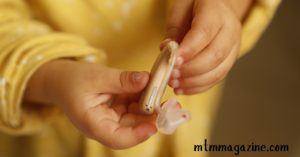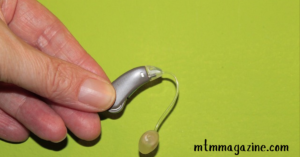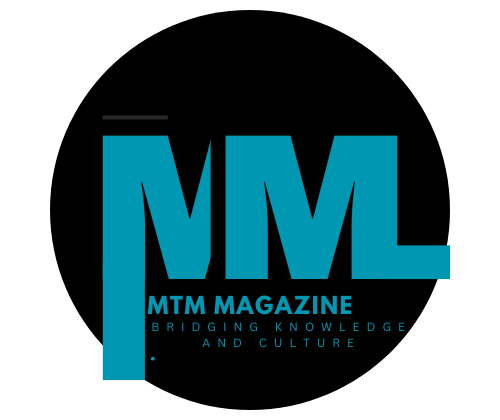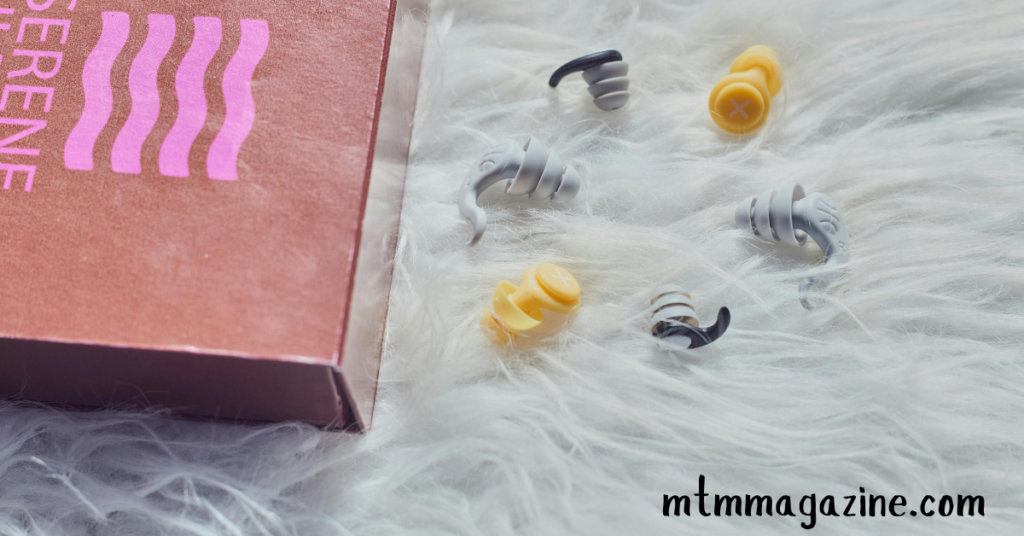Hearing aids are a vital tool for people with hearing loss, helping them to hear and communicate effectively. To ensure their proper function, it is important to take care of hearing aids, especially the domes—those soft, silicone parts that fit inside the ear canal. Sometimes, people experience irritation, sores, or even infections in their ears due to wearing hearing aids. This raises the question: Can you put Neosporin in your hearing aid domes?
Neosporin is an over-the-counter antibiotic ointment commonly used for treating minor cuts, scrapes, and skin irritations. It’s natural to wonder if it can be used in hearing aids to treat ear canal discomfort. In this article, we’ll explore whether it’s safe to apply Neosporin to hearing aid domes, its potential benefits and risks, and safer alternatives for addressing ear irritation.
What Are Hearing Aid Domes?
Before diving into whether Neosporin is appropriate for hearing aids, let’s understand what hearing aid domes are and their role. Hearing aid domes are small, soft tips that attach to the end of hearing aid tubing or receivers. They fit snugly inside the ear canal, helping to deliver sound clearly and securely.
Domes come in different shapes and sizes to suit individual needs, ensuring a comfortable fit and proper sound delivery. However, because domes sit inside the ear canal, they can sometimes cause irritation, redness, or infections, especially if they aren’t cleaned properly or if the fit is too tight.
Can I Put Neosporin in My Hearing Aid Domes?
While Neosporin is a useful antibiotic ointment for treating skin infections or irritations, it is not recommended to use it inside hearing aid domes or the ear canal. Here’s why:
1. Risk of Clogging the Domes
Hearing aids are delicate devices with tiny components that need to function smoothly for clear sound delivery. Applying Neosporin to hearing aid domes can clog the small holes in the domes or receivers, obstructing the sound from reaching the ear. Even a small amount of Neosporin can interfere with the proper function of the device.

2. Potential Damage to Hearing Aids
Hearing aids are electronic devices, and introducing any foreign substances like ointments, creams, or oils can cause damage. Neosporin contains oils that may seep into the internal components of the hearing aid, leading to malfunctions or permanent damage. This could result in costly repairs or the need for a replacement.
3. Increased Risk of Bacterial Growth
Although Neosporin is an antibiotic, applying it to hearing aid domes may create a moist environment inside the ear canal. This moisture, combined with the heat in the ear, can actually promote the growth of bacteria or fungus, potentially worsening any existing infections. Hearing aids already limit airflow to the ear, and adding ointment could make it easier for harmful microorganisms to thrive.
4. Irritation or Allergic Reactions
Some people may have sensitive skin or allergies to the ingredients in Neosporin, such as neomycin. Using Neosporin inside your hearing aid domes may cause irritation, itching, or an allergic reaction, which could make ear discomfort worse instead of alleviating it.
Safe Alternatives to Neosporin for Hearing Aid Users
If you’re experiencing discomfort, irritation, or infection in your ears due to hearing aid domes, there are safer and more effective ways to manage these issues.
1. Consult an Audiologist
If your hearing aid domes are causing discomfort, the first thing you should do is consult your audiologist. They can check if your hearing aid domes fit properly and if the size or shape needs adjusting. Sometimes, an ill-fitting dome can cause irritation, and switching to a different type or size can resolve the issue.
2. Use Ear Drops for Dryness or Irritation
If your ears feel dry or irritated, you can use over-the-counter ear drops specifically designed for ear canal health. Ear drops can help moisturize the ear canal without risking damage to your hearing aids. However, it’s important to remove your hearing aids before applying ear drops and wait for them to dry before reinserting your hearing aids.
3. Keep Hearing Aids Clean
Regular cleaning of your hearing aid domes is essential to prevent infections or irritations. Use a hearing aid cleaning kit or follow the manufacturer’s instructions to clean the domes thoroughly. Removing dirt, earwax, and bacteria from the domes can help reduce ear discomfort.

4. Treat Ear Infections Properly
If you have an ear infection, it’s important to treat it appropriately. Over-the-counter medications like Neosporin should not be used for infections inside the ear canal. Instead, see a doctor who can prescribe antibiotic ear drops or other treatments specifically designed for ear infections.
5. Consider a Hearing Aid Dome Cover
If you find that your ears are sensitive to the material of your hearing aid domes, you can consider using a protective dome cover. These covers are made from hypoallergenic materials and can reduce irritation while ensuring a comfortable fit.
Conclusion
While Neosporin is a trusted antibiotic ointment for treating skin issues, it is not suitable for use in hearing aid domes. Applying Neosporin to the domes can clog the device, damage the electronics, and create a moist environment that could worsen infections or cause irritation. Hearing aids are delicate devices that require special care, and introducing substances like ointments can lead to long-term problems.
If you experience ear discomfort while using hearing aids, the best course of action is to consult with an audiologist, keep your devices clean, and use safe, ear-friendly products like moisturizing drops or prescription medications when needed. With the right care and attention, you can enjoy comfortable and effective hearing without risking damage to your hearing aids or ear health.



